What Does Dog Growling Mean?
01.07.2021.
Dogs communicate in different ways, and most dog owners are pretty sure what dog growling means. However, did you know there are different types of dog growls? Do you know dogs can growl when they are happy? If you want to know more about dogs snarling and growling, stick with us, and we will let you in on the secret growl meanings. Here is what you should know about it.
Why do dogs growl?
Dogs use a whole range of sounds to communicate. There would be no one happier than us if dogs could actually talk. Still, until that happens, we will have to read into their body language and decipher the sounds dogs make. A dog growling or snarling is just one way they will express their feelings. It can happen on different occasions, and not all growlings are threatening or dangerous. Many dog behaviorists and other experts believe there are five main reasons a dog can growl, and they are;
- Pain
- Fear
- Possession aggression
- Territoriality
- Playing
These dog snarls and growls have different signs and clues you can quickly notice if you pay close attention to your dog. They will surely let you know what they are feeling; you simply need to pay attention and know what to look for.
Pain
One of the most common reasons dogs growl is because they are in pain. They can be confused as to what is happening to them, and pain usually leads to things like vet visits and overall weakness. The dog is probably very confused and scared, so their natural reaction is to try and protect themselves by warning everyone to stay away.
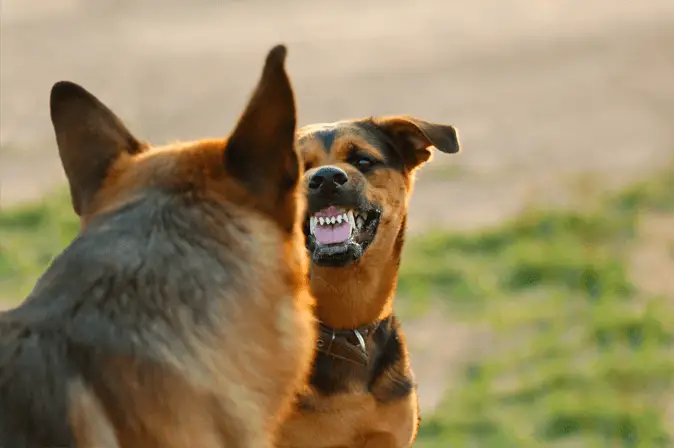
Fear
When frightened, humans might start shouting or calling for help. Fearful dogs will start snarling or growling. They are scared, and they do not want the thing that scares them to come any closer. Their growls are a way of telling a person or an object, “Stay away!” You can quickly notice this type of dog snarling in dogs that are afraid of vacuum cleaners. When these dogs see the object that scares them, they will start growling as a way of telling the thing to stay away from them.
Possession aggression
This type of growling is often associated with dogs that are food aggressive. These are the types of dogs that are letting everyone know they are unwilling to share their food, treats, toys, or anything else they considered “theirs.” This type of dog growling is accompanied by a stiff body, stiff tail, slightly erected hair on their backs, and an overall tense demeanor. This could potentially become a problem, especially if you have a possessive dog and small kids at home. Luckily, this type of behavior can be dealt with. You can read more about it here - Food aggression in dogs.
Territoriality
Protective dog breeds have been bred for centuries to guard a territory entrusted to them. It is a part of their nature, and their instincts tell them they have to protect it no matter what. What better way to let everyone know the territory is guarded than by growling? This is not considered an issue since dogs that are trained for protection should do precisely that. Territorial dogs are protective, alert, and loyal. Their growling will be accompanied by an aggressive demeanor and extreme alertness. However, as soon as the perceived “threat” is gone, the growling will stop. Owners can usually approach their growling dog without any problems because these types of dogs usually growl to protect their owners and family.
Playing
Have you ever play Tug-O-War with your dog? If you did, you probably noticed that dogs growl when they are happy and playing. These are the “good” snarls and growls, and the dog is letting you know they are having fun. However, if the dog growling gets overly aggressive or your dog starts lunging at you, you should stop the game immediately. Stop paying attention to your dog and deny them all of your attention.
That will be a punishment they will remember, and next time they will think twice about doing the same thing. Dogs that play in the park, roll, and run around might also start growling. That is another entirely normal play growl. In fact, some larger breeds like Rottweilers or Presa Canarios playing sounds downright scary. They have deep frightening growls, but they usually only sound dangerous.
In conclusion
Dogs growling and snarling can have many reasons to act that way. Some types of dog growls are not considered behavioral problems, and they use them to communicate their feelings. As an owner, you should always pay attention to the dog’s overall body language. You will easily understand why your dog is growling.
World Dog Finder team

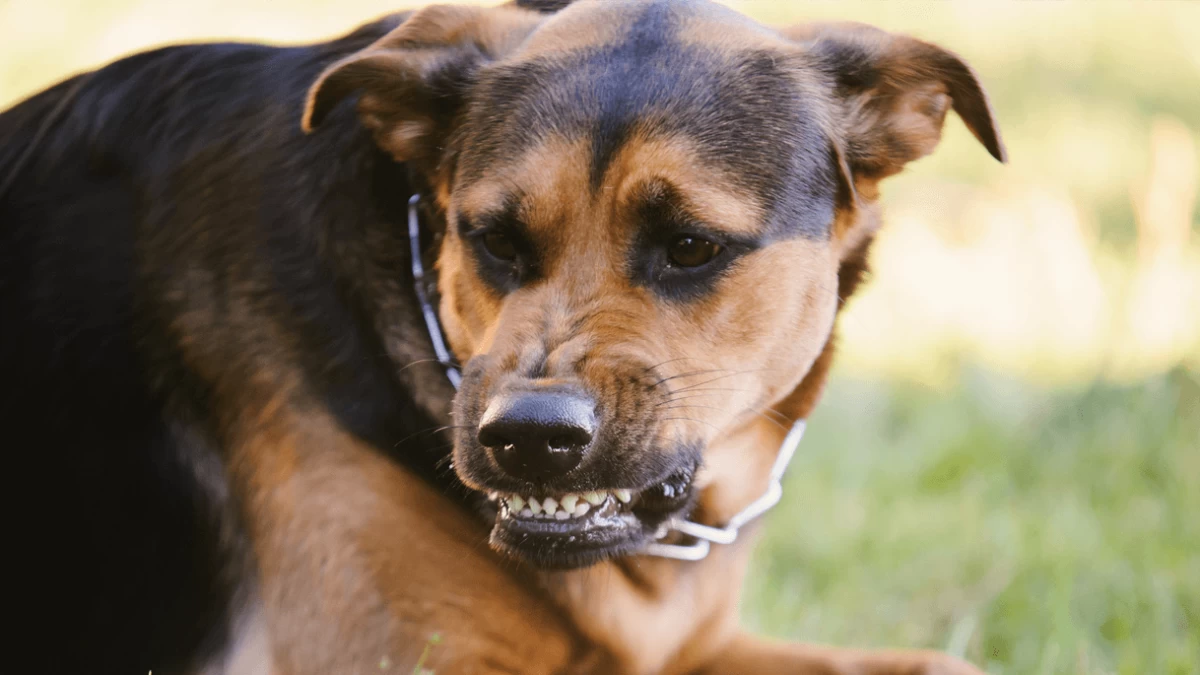
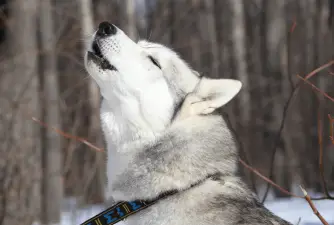
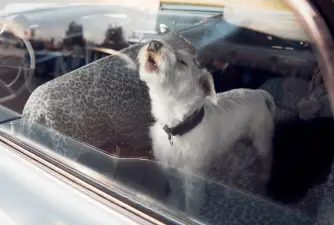
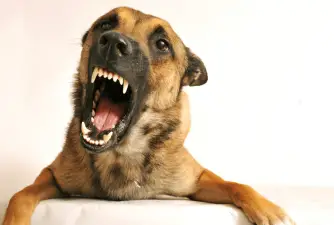


Share